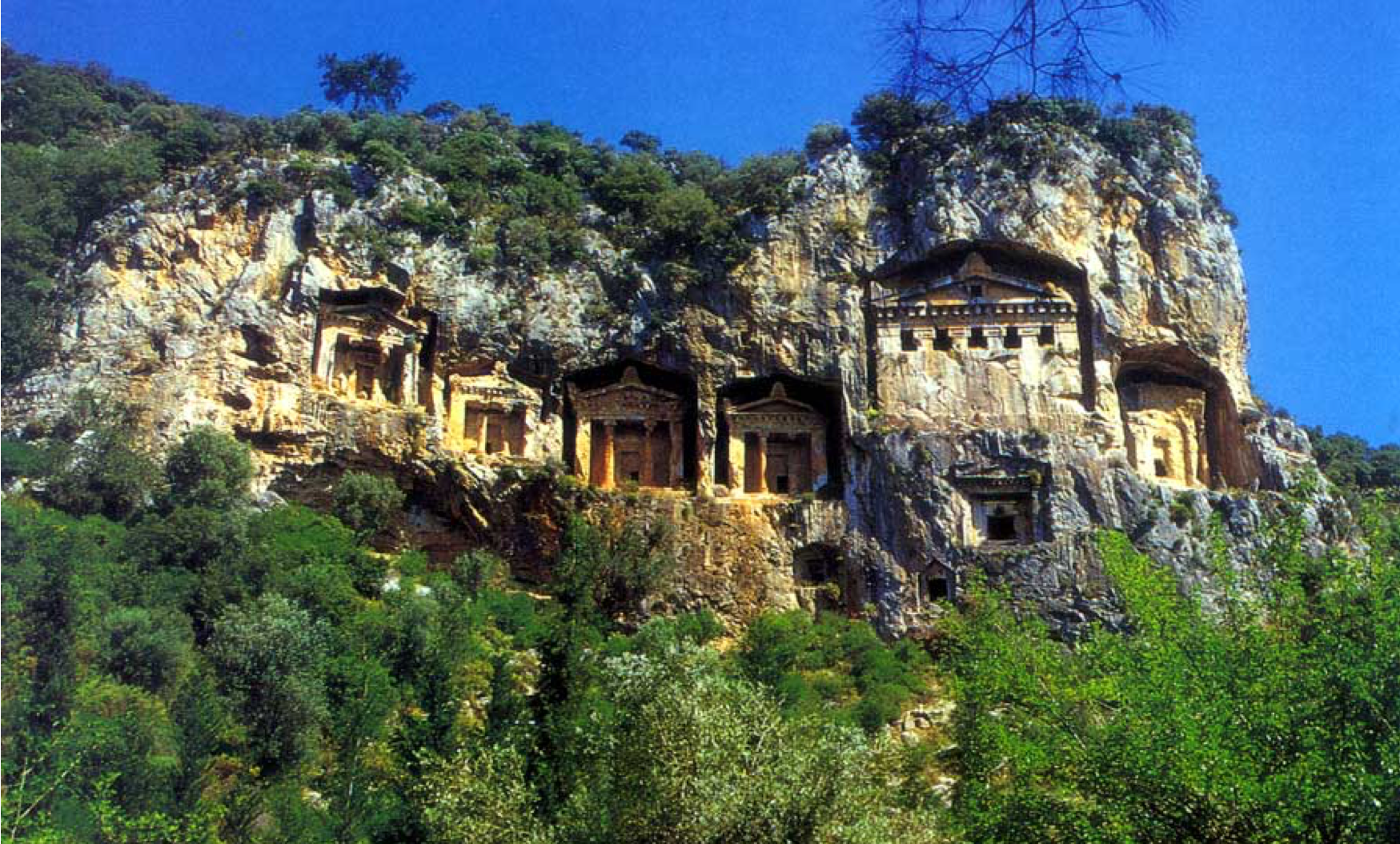Back to all modules
Etruscan Architecture in a Global Context: Life, Death and Transition

This module will provide three distinct lectures on the global connections embedded in Etruscan culture and civilization – including its theological bases, material technologies and architectural productions. The Etruscan civilization (roughly 800 BCE to 200 BCE) was a central part of pre-Modern, Iron Age Europe (both geographically and culturally). While influenced by Greek work and often seen as a precedent for later Roman architecture, the complexity of Etruscan culture also suggests significant ties to other global locations in North Africa, West Asia and beyond. The Etruscan use of different materials and building techniques (including forged iron tools, formed and fired brick masonry, assembled wood structures, and carved-and-stacked stone spaces) provide linkages to Mesopotamia and Egypt. Their belief structures and worldview, however, likely relate more to northern European traditions. Etruscan architectural productions thus can be seen as arising from a combination of truly global influences. The first lecture discusses the origins of Etruscan culture and maps its global connections, through materials, technology, belief structure and trade. The chosen sites includ...
Loading Accordion Items...


